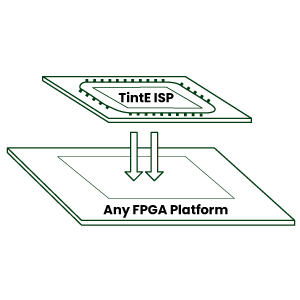
TintE™ is an FPGA-based Image Signal Processor (ISP) designed to enhance camera system image quality. It includes all necessary imaging pipeline components and offers a complete ISP pipeline as a turnkey solution. Featuring optimized, customizable blocks like debayering, AWB, AE, gamma correction and more, TintE™ provides a comprehensive ISP pipeline. TintE can be ported to a wide range of FPGA platforms, from cost-effective to high-end SoCs, without compromising image quality. With its high-quality, optimized, and user-friendly ISP features, TintE ensures superior imaging solutions.
We offer extensive customization options to meet specific image processing requirements, ensuring optimal performance for diverse applications.
Select the IP Cores that fit your specific application needs.

Works with any sensor
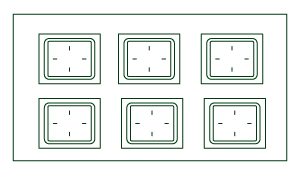
Easily deploy into any FPGA

For over 20 years, we have honed our expertise in tuning ISPs from various vendors to achieve the best possible image quality for our customers. Leveraging this extensive experience, we have developed our own ISP, TintE™, to deliver unparalleled image enhancement. Our deep understanding of ISP tuning and image processing has culminated in a product that meets and exceeds the demands of modern imaging applications.
e-con Systems offers new, ready-to-use imaging pipelines with essential image processing IP cores. These complete imaging pipelines facilitate simple integration into your target application, providing a seamless solution for your imaging needs.

Contrast adjustment enhances or modifies the difference in intensity between various parts of an image. It is crucial for making images visually appealing, as it determines the range of tones from light to dark. Adjusting contrast can enhance the visibility of objects or features within an image, making them more distinguishable from the background or surrounding elements.


Brightness control in image processing refers to the adjustment of the overall lightness or darkness of an image. It's a fundamental operation in image enhancement and manipulation.


Saturation control in image processing refers to the adjustment of the intensity of colors within an image. It allows you to increase or decrease the vividness of colors, thereby influencing the overall appearance and impact of the image.

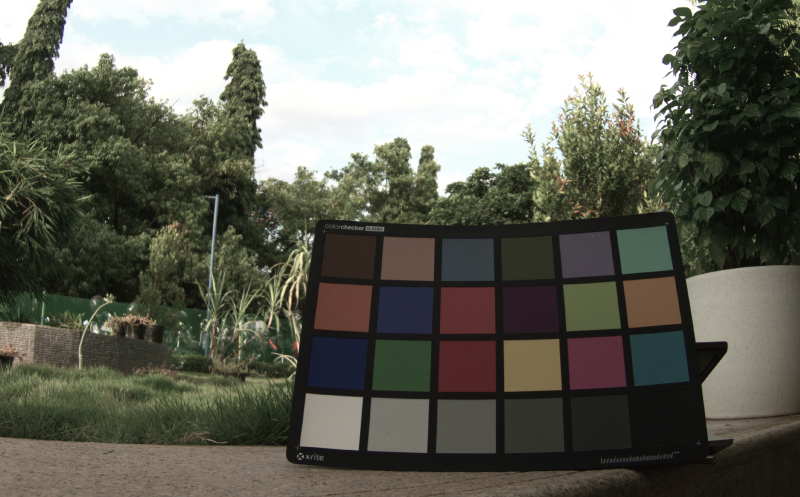
Gamma correction is the process of adding the nonlinear response to the image signal to match the gamma properties of displays. Gamma correction is much needed when the sensor gamma curve and the display gamma curve is not matching. This process ensures the good viewing experience of the humans and improves the image quality.


The aim of color space conversion is to ensure accurate color representation across different devices and media, such as monitors, printers, cameras, and scanners. It is necessary for maintaining color consistency when different devices use different color spaces.
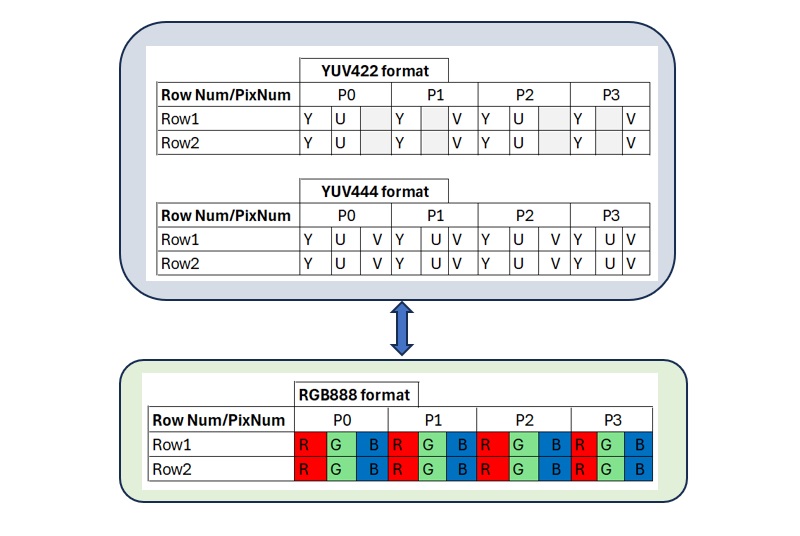
Black level correction suppresses noise in the image signals under no-light condition by subtracting the user defined values in all the color channels. This process helps improve overall image contrast and clarity by setting the correct baseline brightness level for the black areas, thus preserving details that might otherwise be lost in shadows.
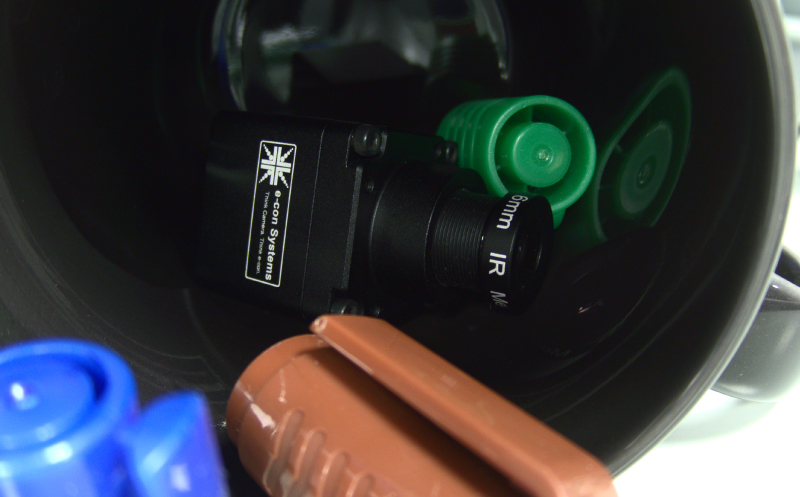
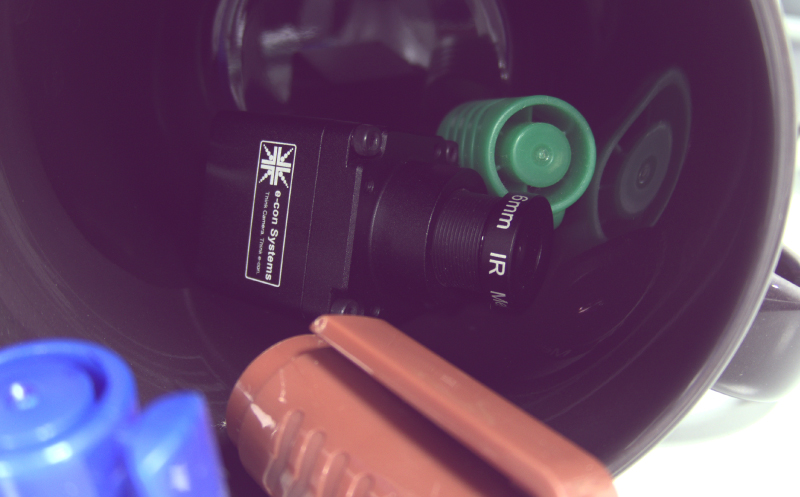
Debayering block uses dual 5x5 interpolation method to derive/extrapolate the full color information (RGB color channels) of every pixel, without losing the context of the image and introducing edge noise and color bleeding. It ensures minimal zipper effects on edges and transitions while reducing color bleeding.
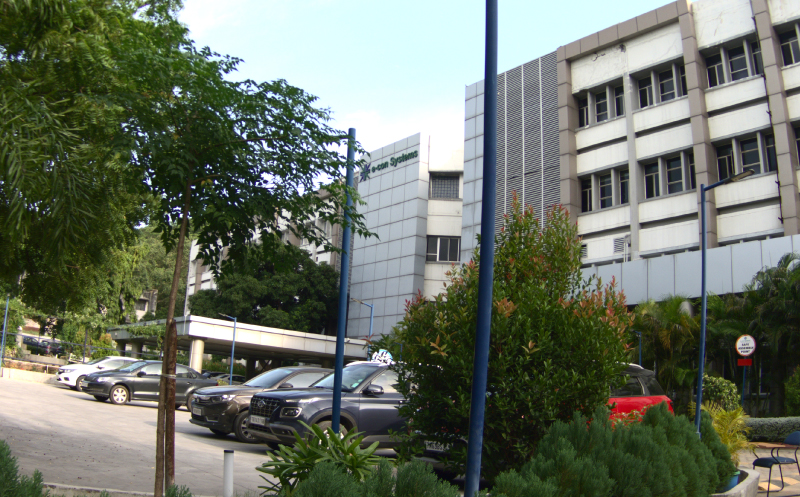

Auto white balance block aims to tune the white balance on the images continuously to achieve the true colors. This process ensures fast and smooth color transitions between different temperatures.
Supports standard color temperature.


Color correction reduces color artifacts and produces true colors in the image pipeline. This process reduces the cross-color effects (shades of a color in other colors) introduced by the sensor and debayering block.
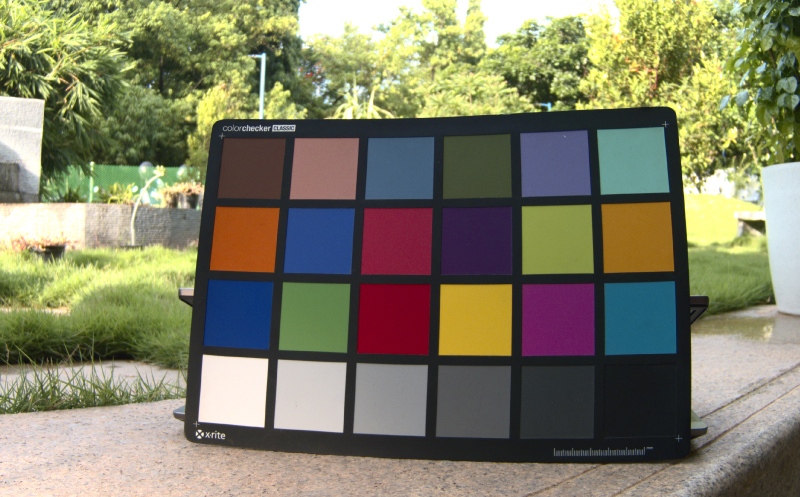
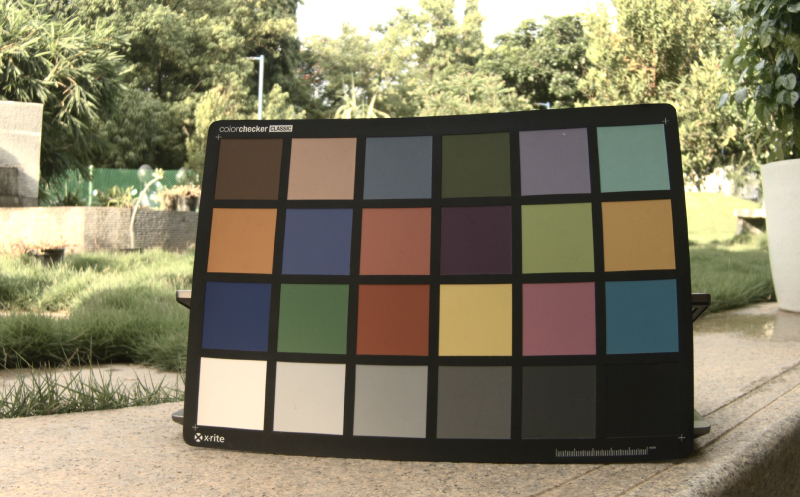
Supports 4k 60 fps. Scalable up to 8k (MIPI, USB, PCI)
Supports 2, 4, 8 pixels per clock
Can be customized for any image sensors
Low latency
Supports I2C and APB interface
Enhanced Debayer algorithm for superior image quality
Supports RAW 8, 10, 12 bit input data width from sensors
Supports crop and Binning
Input - LVDS, Sub LVDS, MIPI, SLVS and SLVSEC
Output - MIPI, USB and Ethernet
Input - Bayer
Output - RGB888, RGB12, YUV420, YUV422, and YUV 444
Gain, Brightness, saturation, Contrast controls
Black level correction, Gamma correction
Auto / Manual white balance
Manual temperature control
CCM update
Auto Exposure/ Manual Exposure
Chroma re sampler
Color space conversion
We offer extensive customization options to meet specific image processing requirements, ensuring optimal performance for diverse applications.

Our FPGA-based pipeline extends support for RGB-IR sensors, offering a novel approach to address their unique Bayer pattern and infrared (IR) sensitivity. Our innovative approach mitigates IR effects on RGB pixels by removing IR-induced artifacts. This tailored integration ensures seamless compatibility with RGB-IR sensors, enhancing image quality and sensor versatility. We have filed a patent for this technology.
e-con Systems delivers exceptional customization for your unique camera requirements. In addition to providing cutting-edge ISP solutions, we offer comprehensive FPGA design support, including:

The CertusPro-NX Evaluation Board from Lattice Semiconductor® offers an ideal platform for evaluating e-con Systems' TintE™ FPGA-based Image Signal Processor (ISP). The board's robust features can be leveraged to evaluate a wide range of MIPI cameras, seamlessly integrating with TintE's versatile IP blocks, enabling comprehensive testing and evaluating the ISP's capabilities.

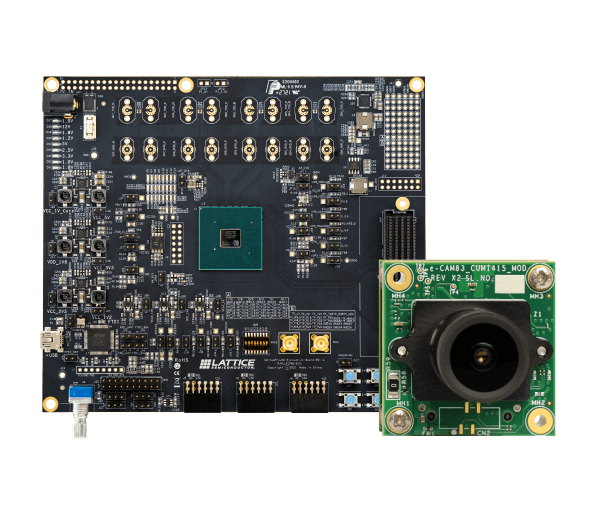
e-con Systems provides an adaptor board that allows you to connect e-con MIPI cameras with the CertusPro-NX kit to evaluate TintE's capabilities.
With e-con Systems' ready-to-use camera and adaptor board, you have everything needed for evaluation. You just need to purchase the CertusPro-NX board for a complete setup.
TintE™ offers seamless deployment options to integrate advanced image processing capabilities into your vision systems:
